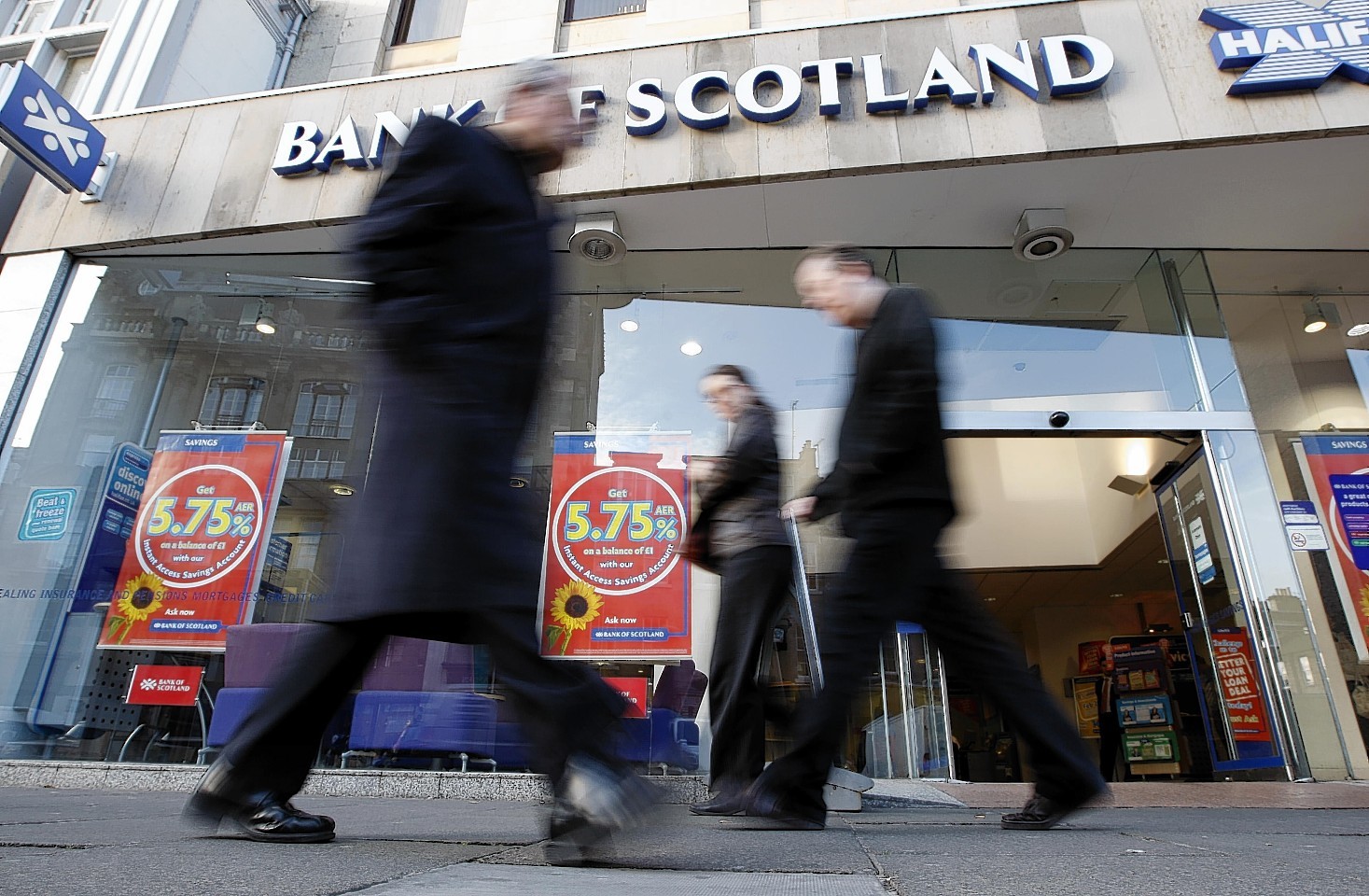Economic activity in Scotland’s private sector dropped in March due to a combination of the oil price downturn, “bad winter weather”, and the new lower drink drive limit, a new report says.
Manufacturing output grew slightly last month, but a decline in service sector activity contributed to an overall dip in output growth, according to the latest Bank of Scotland purchasing managers’ index (PMI) report.
The bank’s headline PMI, which is a measure of the month-on-month change in combined manufacturing and services business activity, was 49.4 in March, down from 50.2 in February.
The index is put together from monthly replies to questionnaires sent to purchasing executives in around 600 manufacturing and service-sector companies.
A score above 50 indicates an overall improvement, whereas anything below 50 represents a decline.
Two of the past three surveys have indicated a fall in output, though the latest decline was marginal.
Donald MacRae, chief economist at Bank of Scotland, said: “Manufacturing exporters have been affected by the falling euro while services businesses in hospitality are seeing a changing pattern of spending resulting from the lowered alcohol limit while driving.
“All are affected by subdued business confidence associated with the fall in the price of oil and the bad winter weather.”
“But recovery is on the way with levels of new business increasing, employment rising in all sectors and the oil price up 20% from January’s low.”
Responding to the survey, Scottish Finance Secretary John Swinney said: “Whilst the Bank of Scotland’s PMI indicated a slight softening in economic activity at the start of the year, it also shows some encouraging signs of improvement, with their report of prospects for new orders and employment both looking up.
“Recent labour market data has shown that employment in Scotland continued to increase at the start of the year, whilst the Bank of Scotland’s Business Monitor reported that business expectations for the volume of business, turnover and exports over the next six months are positive.
“Challenges do remain for Scottish businesses, with the impact of falling oil prices on the oil and gas industry, sterling’s continued strength against the euro and continued weakness in the euro area.”
“However, the Fraser of Allander Institute forecasts continue to show strong growth for the Scottish economy in 2015 as a whole, highlighting potential benefits to Scotland from falling oil prices offsetting some of the challenges that also creates.”
